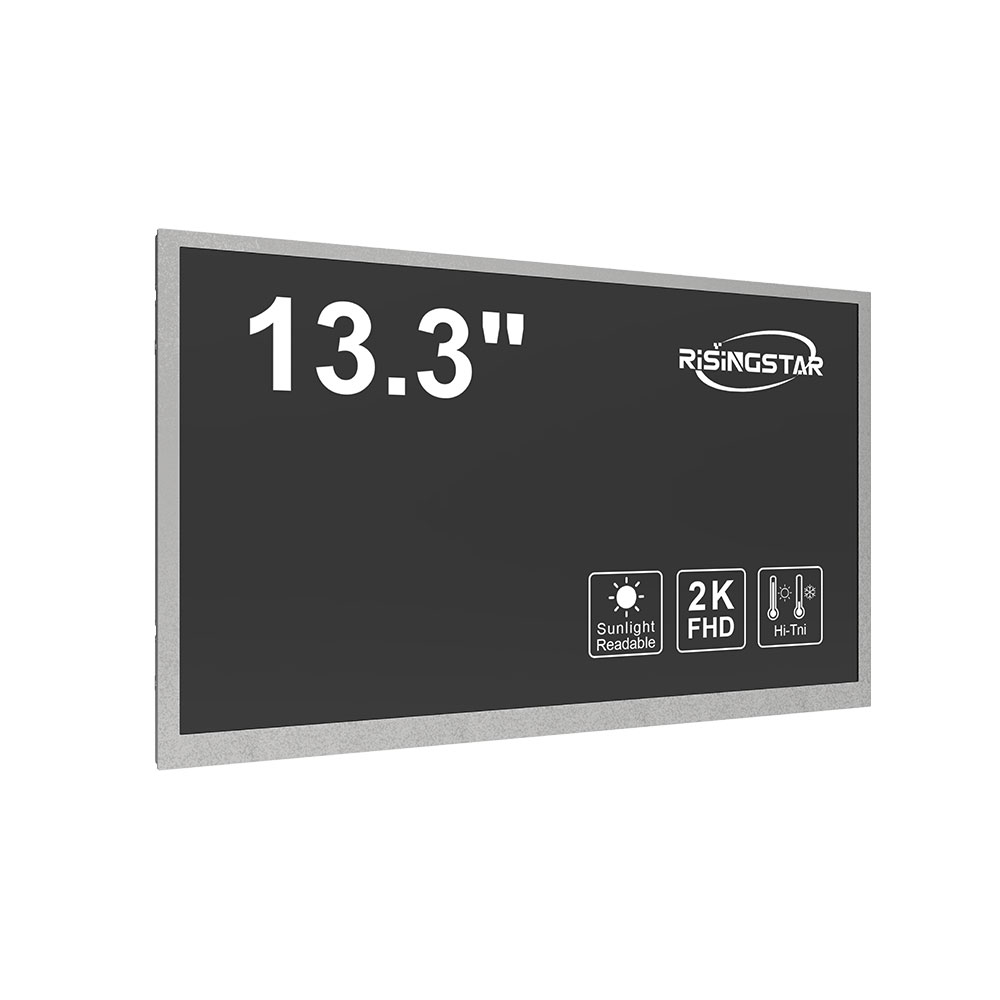When designing or sourcing displays for outdoor industrial equipment—such as construction machinery, agricultural vehicles, or utility meters—selecting the right LCD screen is critical. A standard display may fail under direct sunlight, leading to operator errors, safety risks, and reduced equipment usability. For overseas manufacturers and distributors targeting global markets, understanding the technical requirements of sunlight-readable high-brightness LCD screens ensures product reliability, compliance, and competitive advantage.
The core requirement is brightness. Industry standards like MIL-STD-188-125 and ISO 13406 define performance benchmarks. To be truly readable in full sunlight (approximately 100,000 lux), a display must emit at least 1,500 nits of brightness. Many premium-grade panels now exceed 3,000 nits—ideal for harsh environments such as desert regions or tropical climates. This level of luminance prevents screen washout, allowing operators to read gauges, menus, and alerts clearly even under extreme sun exposure.
Another essential factor is contrast ratio. A high contrast ratio (typically >1000:1) enhances text and icon visibility against bright backgrounds. IPS (In-Plane Switching) panels are preferred over TN (Twisted Nematic) due to superior viewing angles and color consistency. For applications requiring long-term durability in vibration-heavy settings—like mining trucks or offshore drilling rigs—use ruggedized modules with shock resistance (e.g., 50g acceleration per JEDEC JESD22-B103) and wide operating temperatures (-30°C to +70°C).
Additionally, consider optical bonding—a process that eliminates air gaps between the display and cover lens. This reduces internal reflections by up to 90%, significantly improving readability in direct sunlight. Optical bonding also adds mechanical stability, which is crucial for IP65-rated enclosures used in wet or dusty conditions.

Manufacturers must also verify compliance with international standards: CE, FCC, and RoHS certifications ensure electrical safety and environmental friendliness. For distribution channels, providing datasheets with real-world test results—such as luminance measurements taken under controlled sunlight simulators—builds trust with OEM partners and end users.

Finally, partner with suppliers who offer customization: backlight options (white, amber, or green for night vision compatibility), touch technologies (capacitive or resistive), and embedded drivers tailored to your control system architecture. A well-integrated solution not only boosts user experience but also reduces total cost of ownership through lower maintenance and fewer field failures.
By prioritizing brightness, contrast, ruggedization, and compliance, overseas equipment makers can confidently select high-performance LCDs that meet global market demands—ensuring operational safety, customer satisfaction, and brand credibility.








